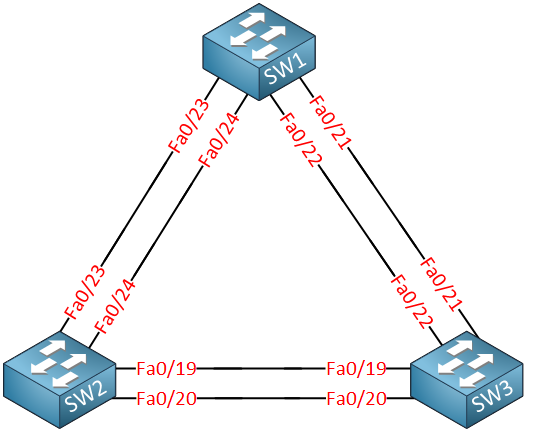

Two times our hypotenuse, times the height which is The area the area there the area is just going to be the base, which is squared of two over To be your base times your height times one-half. What is the area going to be? The area is just going I just rationalized the denominator, multiplied by open numerator, and then denominator by squared of two. Over the squared of two, which is the same thing asĪ squared of two H over two. Hypotenuse squared over two, or that A is equal to H
#GSWITCH AND TRIANGLE PLUS#
Squared plus A squared is equal to the hypotenuse squared, or two A squared is equal If the side, let's say it's length A, then this side has length A.

You could get that straightįrom the pythagorean theorem. Squared two over two time the hypotenuse. Squared of two over two times the hypotenuse. Of a 45, 45, 90 triangle or squared of two times the hypotenuse. Given a H, what is going toīe the area of this triangle? This is a 45, 45, 90 triangle. We know that H is going to be, maybe I should say H of X. what is the volume of one of these figures going to look like? Well, if we say, let me A little DX which would give us three, so this is a little DX, which would give us three-dimensional. The volume of each of these by finding the area, the cross sectional area there, and then multiplying that times a little DX. That would be the area ofĮach of these triangles times some very small depth. If we want to find the volume, one way to think about it is we could take the volume of, we could approximate the volume as the volume of these Can you come up with some expression a definite in row of terms of zeros, and Cs, and Ds, and Fs, and Gs that describe the volume of this figure? Assuming you've paused the video, and have had a go at it, These functions intersectĪt the point zero zero and (c,d). I encourage you to use the fact that it intersects at the points. What's an expression aĭefinite integral that expresses the volume of this. That kind of almost looks like a football if you cut it in half or a rugby ball.

I want to see if you canĬome up with a definite integral that describes The whole reason why I set this up, and we tempting to visualize this figure. I guess on this view this one you could call I guess you could view it on its top side or the left side right over there. So, I've drawn the base right over there. Shade it in kind of parallel to these cross sections. If we've viewed as an angle, if we're kind of above it, you can kind of start to see how this figure would look. To help us visualize this shape here, I've kind of drawn a picture Now obviously that changesĪs we change our X value. It's a right triangle, and then this distance this distance between that point and this point is the same as the distance between F of X and G of X. Isosceles right triangle sits along the base. Isosceles right triangle with a hypotenuse of the If you were to actually flatten it out, the cross sections would look like this. This cross section is going to look like this, if you were going to flatten it out. Sections of this figure, that our vertical, I should say our perpendicular to the X axis, those cross sections are going to be isosceles right triangles. Sections of the figure, that's what this yellow line is. What I've drawn here in blue, you could view this kind of the top ridge of the figure. Lets see if we can imagine a three-dimensional shape whose base could be viewed as this shaded in region between the graphs of Y is equal to F of X and Y is equal G of X. Your bounds should obviously be the least and greatest x-values that lie on the circle. You should have the base length from the previous step, which is all you need to find the cross-sectional area.Ĥ.
#GSWITCH AND TRIANGLE HOW TO#
The cross-section is an equilateral triangle, and you probably learned how to calculate the area for one of those long ago. Remember that to express a circle in terms of a single variable, you need two functions (one for above the x-axis and one for below it, in this case).ģ. A width dx, then, should given you a cross-section with volume, and you can integrate dx and still be able to compute the area for the cross-section. You know the cross-section is perpendicular to the x-axis. Integrate along the axis using the relevant bounds.Ī couple of hints for this particular problem:ġ. Find an expression for the area of the cross-section in terms of the base and/or the variable of integration.Ĥ. Find an expression in terms of that variable for the width of the base at a given point along the axis.ģ. Figure out which axis (and thus which variable) you'll be using for integration.Ģ. I won't give you the answer, but I'll offer a general strategy for questions of that variety:ġ.


 0 kommentar(er)
0 kommentar(er)
